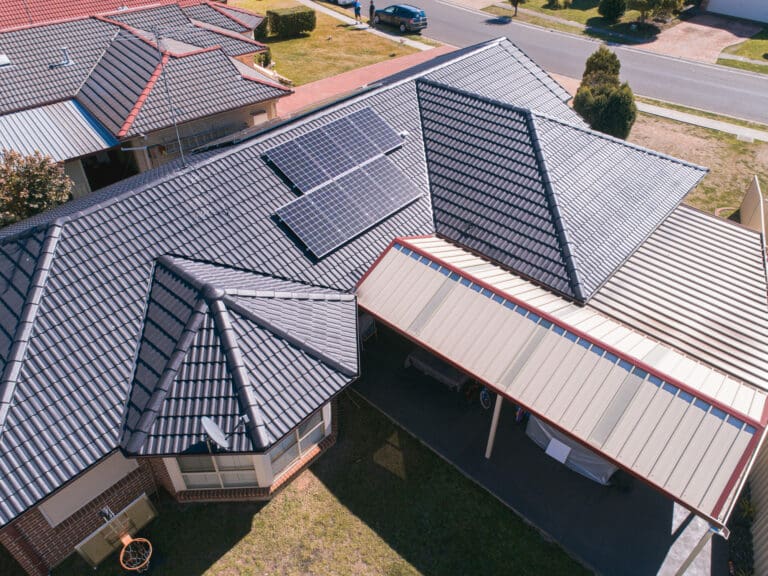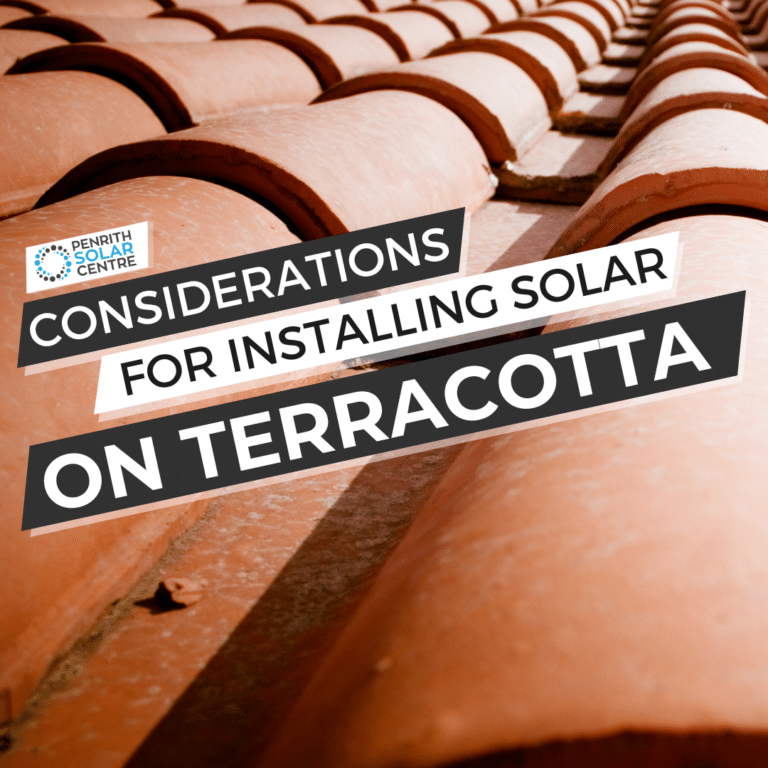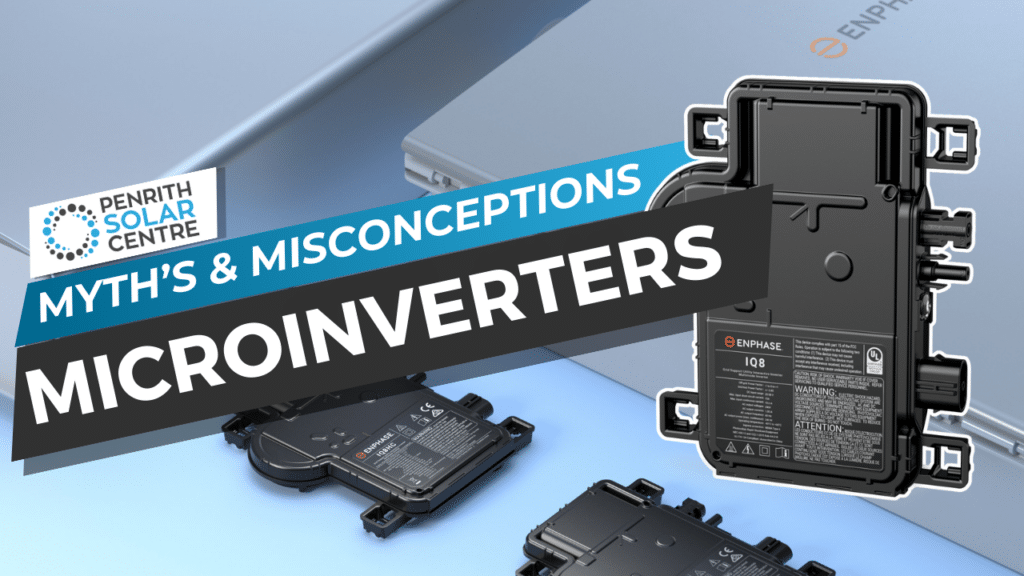
If you’re looking to get a new solar system, one of the first decisions you’ll need to make is what type of solar inverter you want your system to use. It will determine what type of solar system you will install on your roof. There are three types of solar inverters: string inverters, hybrid inverters (a type of central inverter), and microinverters. Each has its own advantages and disadvantages. We’re here to talk about microinverters today.
There are a lot of myths and misconceptions about microinverters out there. If you’re looking to figure out the best type of solar inverter for your system and your home, you’ll want to get an honest perspective.
At Penrith Solar Centre, we mostly install microinverter solar systems. We’re a bit biased about whether or not you should install them on your home for a variety of reasons.
We’re going to take a look at what’s underneath the common misconceptions about microinverters and their performance.
In this article, you will learn:
- What is a Microinverter?
- Most Common Myths and Misconceptions About Microinverters?
By the end of this article, you’ll be educated about the reality of installing microinverters from an unbiased source. So even though we might be a bit biased, we’re here to make sure you are an empowered shopper by the end of this article – whether you continue your solar journey with us or not. Allons-y!
What Is a Microinverter?
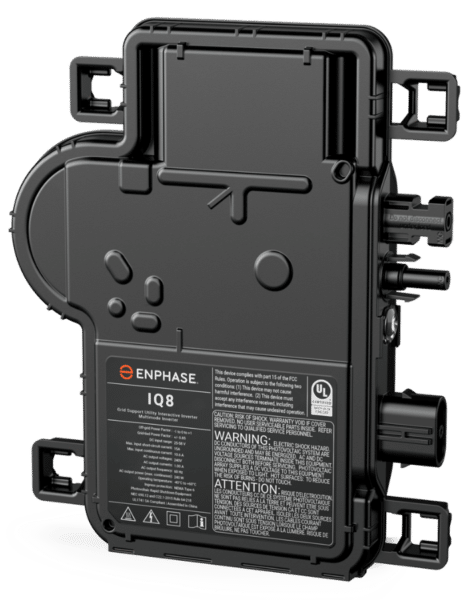
If you’ve come across this article, you probably already know what a microinverter does. But just in case you’re late to the party, here is a brief summary.
Microinverters have one purpose in a solar system: converting the power your panels produce into usable electricity. They are small devices that are mounted individually underneath each solar panel on a solar system. Each one works independently but together they are a powerful team.
Each microinverter takes the electricity harvested from the solar panel it’s attached to. The electricity from the solar panel is direct current (DC). The microinverter converts it to alternating current (AC). The appliances in your home, the lights, and everything else run on AC power.
Microinverters offer several benefits compared to string systems and string systems with DC optimisers. For more information on how these types of inverters are different from each other, please read the following article titled, String Inverters vs Microinverters vs DC Optimisers: How Are They Different?
What Are the Most Common Myths and Misconceptions About Microinverters?
Myth #1 – You Only Need Microinverters If You Have Shading Issues
Microinverters have a clear advantage in shaded conditions compared to string inverter systems. They optimise the power production of each panel, ensuring maximum energy from the entire array. If one panel is shaded or partially shaded, only that specific panel is affected, unlike string or central inverters where shading on one panel impacts the efficiency of the entire system.
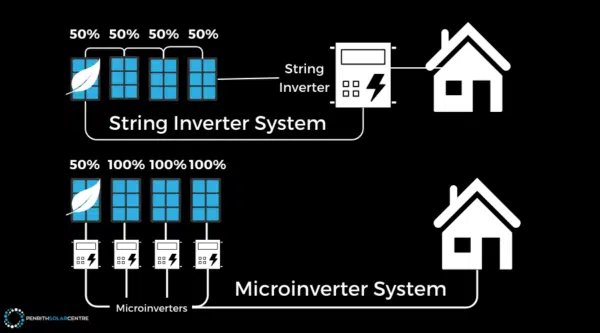
There are all kinds of shading environments to consider beyond a beautiful tree stretching skyward for nutrients from the sun. Examples could include a telephone pole that hits the solar panels in the morning in the winter months when the sun is low in the sky.
There is also cloud cover to consider. It’s an incredibly common shading issue that drops panel performance. Without microinverters pumping away at their maximum capacity, cloud cover could cripple your energy production.
The benefits of microinverters extend beyond shading. Various factors, like panel mismatch, degradation, electrical issues, and other external factors like soiling, can impact the overall performance of a solar array.
Panel mismatch is when one solar panel has a different electrical characteristic from the others. This is sometimes a slight difference or a significant one. There can be minor variations in the electrical characteristics between solar panels due to manufacturing errors. Alternatively, when one panel is replaced and has a higher output than the others due to panel degradation, this creates unbalanced power output.
Soiling is a huge reason to invest in microinverters. In Australia, bird and bat faeces are common. There are also leaves dropping from trees and blowing across the neighbour’s yard and up onto your roof. Garbage will do this too from time to time.
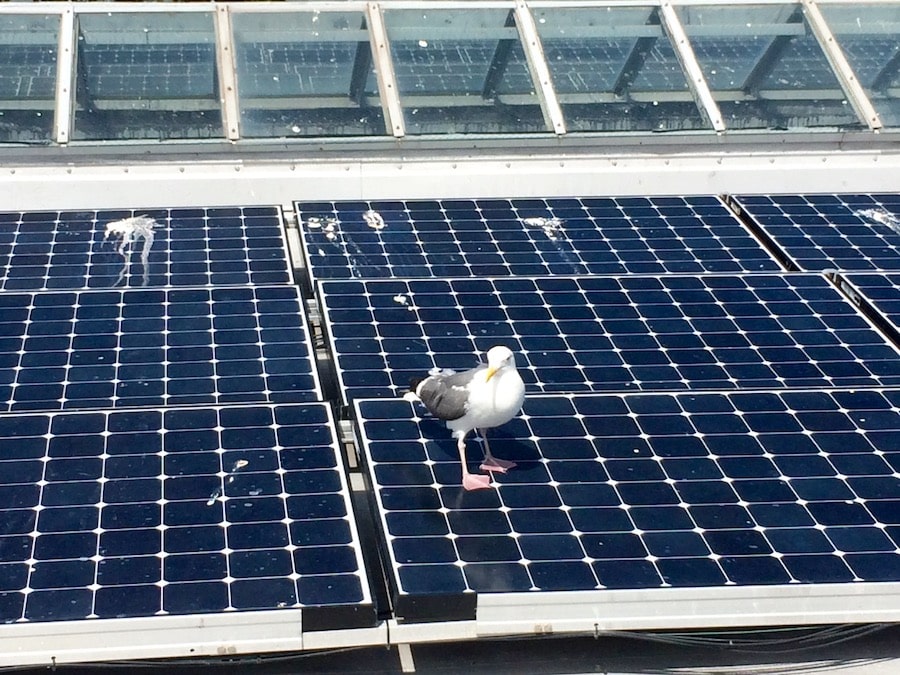
Microinverters are designed to minimise all these losses, making them effective in both full sun and shade. In any condition, microinverters enable the harvesting of more energy, contributing to enhanced solar panel system performance.
Myth #2 – Microinverters Lose Efficiency in Extreme Heat
High temperatures are a challenge for solar systems. The temperatures do affect panel efficiency and put components under stress, but it isn’t as significant as it might appear to be. While it might seem like having microinverters on the roof would be a problem in that hot Australian summertime, this isn’t really the case.
There’s a wonderful essay put out by Enphase, which manufactures microinverters in Australia, that you can read titled “Myth: Microinverters are more prone to failure from heat” (read below). There are a couple of charts and graphs in the article, but I’ll summarise the important stuff if you don’t feel like navigating to it.
In the scorching summer of 2014, Australia faced extreme heat that led to bushfires and melted road tar. Enphase monitored over 2,000 microinverters closely for three weeks during this period. None of them shut down due to the heat. Microinverters handle such conditions well, thanks to their design for a low thermal footprint and strategic installation away from direct sunlight and roof heat. And while this study was done in 2014, making it nearly 10 years old, microinverters have only evolved and improved since then.

The cooling advantage of microinverters is built into their design. They generate less heat internally compared to traditional inverters, as they convert power to one solar panel at a time. Additionally, the enclosures of microinverters act as heat sinks, preventing the electrical components from getting too hot. This ensures that microinverters stay under their maximum internal operating temperature of 85°C.
Each microinverter is encased in a dense polymer housing that’s resistant to corrosion, is waterproof, and is dustproof. Inside the housing, everything is held in place by NORYL resin.
Installers working with microinverters follow best practices to deal with high rooftop temperatures. Microinverters are mounted beneath solar modules to avoid direct sunlight, with spacing between the microinverter and panel and then between the microinverter from the roof. Sufficient space is crucial to allow proper airflow under the solar array.
Enphase Microinverters successfully passed the heat test in 170 locations across Australia during the 2014 heatwave. Monitoring data revealed that during a three-week period, over 67,000 data points on operating temperatures were collected. Less than 1% of them exceeded 70°C, and the maximum internal temperature reached 79°C in South Australia. Importantly, no microinverters experienced heat-induced failures, demonstrating their reliable operation even in some of the hottest locations in Australia.
Click here for solar solutions.
Myth #3 – Microinverters Are Too Costly
We’ve written a lot about the cost of microinverters and the return on investment they offer due to their exceptional efficiency. If you’d like to read up on the cost of microinverter solar systems, you might want to check out this article on our blog titled How Much Does a Microinverter Solar System Cost? It’s a good one.
Because microinverters are a decentralised system, they will be more efficient than a string inverter system. While a sting inverter system is usually cheaper upfront, there’s a profoundly good chance that the drop in efficiency they will experience in their lifetime will add up to a significant amount of money. Especially in comparison to a microinverter system over the same period of time.
There is also the lifespan of a string inverter system to consider. String inverters have a shorter warranty period than microinverters. The typical warranty period for string inverters is between 10 to 15 years. They will need to be replaced, and they are expensive. Microinverters are expected to last between 20 to 25 years at least. Enphase is enthusiastic about their product and claims they will last much longer than that, but that has yet to be seen.

When thinking about the cost of a microinverter solar system, it’s essential to consider the potential return on investment. Over time, a solar system will result in significant energy savings.
In New South Wales, Australia, the average payback period for a residential solar system is between 3 to 5 years. During this time, the initial investment is recovered through savings on electricity bills. It’s important to note that the cost of electricity is increasing.
After the 3 to 5-year period, once the system recoups its upfront cost, your electricity will essentially be free. However, this is an average, and it doesn’t account for specific factors unique to your situation. These factors include your energy usage patterns.
When you factor in the efficiency of microinverters and their lifespan, you might be saving a significant amount of cash long term.
Myth #4 – Microinverter Systems Are a Hassle to Maintain
This one is… a strange one to include, but we do get it from time to time from potential customers, so here we go.
With a 25-year lifespan (or longer), you don’t have to worry about replacing a microinverter for a while. You will have to do that with a string inverter, it’s just the mechanics of the technology. Microinverters have no moving parts.
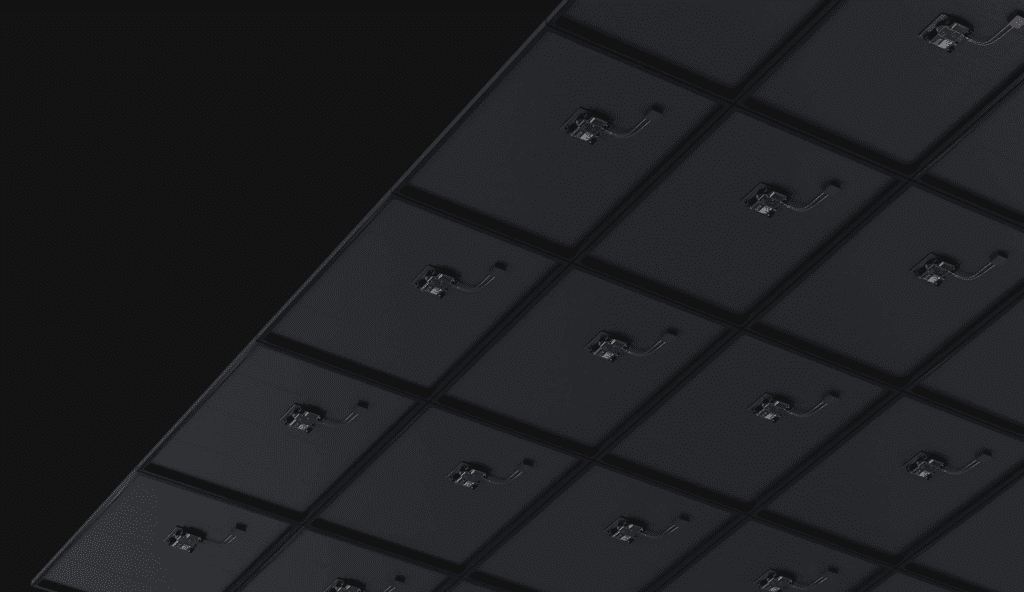
There is, of course, the possibility of failure that is compounded by how many microinverters there are on your roof. Every solar panel has a microinverter mounted beneath it to convert that sweet, sweet sunshine into usable power for your home.
If you have 20 panels up on your roof, that’s 20 microinverters, which is 20 potential headaches and 20 potential failures. And technically, that’s 20 times the potential failure rate of a single string inverter.
However: with the ridiculously easy to use Enphase Enlighten App, each microinverter can be monitored for performance. This information can be communicated to the installer, who will have the ability to surgically replace the faulty equipment. Microinverters are designed to be easily replaced. They have a “plug and play” design. If one fails, the repair technician can just unplug it and plug a new one in. It’s that easy.
Start saving with solar today.
Myth #5 – Microinverters Are an Unproven Technology
Just because you haven’t heard of them before doesn’t mean they haven’t been around for a bit. Now that sentence probably sounds way snottier than intended, but microinverters have been around for years. Because there are so many myths and misconceptions around their use and functionality, it’s taken some time for them to break through a saturated string inverter market.
The first true development of what we call microinverters today dates back to the late 1980s when a scientist named Werner Kleinkauf worked on what he called “module integrated converters.” His work evolved in the hands of an American company called Ascension Technology, which applied his designs into a shrunken version of a traditional inverter that could be mounted to individual solar panels.
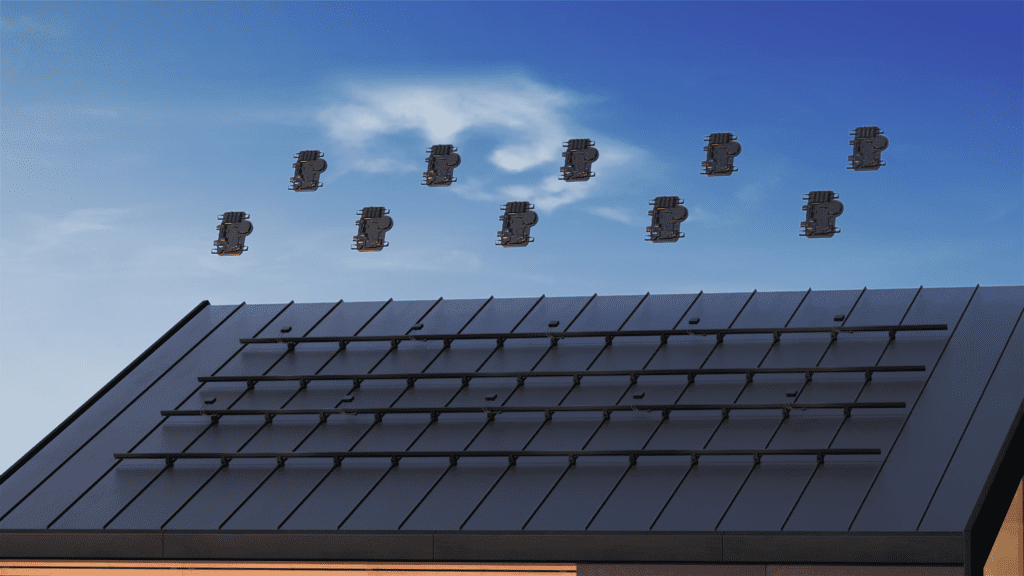
The technology developed for over a decade, without any real success until Enphase Energy was formed in 2006. They released the first commercially successful microinverter in 2008 and have been global leaders in developing and distributing microinverters since then.
Last year, Enphase shipped 58 million microinverters worldwide. They accounted for 45 million metric tons of CO2 prevented from entering the atmosphere.
Enphase is obsessive about quality and stands by its products with the industry’s strongest warranties. Enphase microinverters come with a 25-year warranty in Australia.

Myth the Shoe Fits: Wrapping It Up
You should now know a lot more about the misconceptions of microinverters when it comes to how they perform in a solar system. They are great for all kinds of conditions, they perform well in extreme heat, they cost less over time, they’re easy to maintain and service, and they are a proven technology.
At Penrith Solar Centre, we want you to be an informed shopper, which is why we wanted to clear a few things up about this technology that we believe in. Whether you decide to install a microinverter solar system or a string inverter system is entirely up to you. There are so many factors to that decision, especially because everyone’s needs are unique.
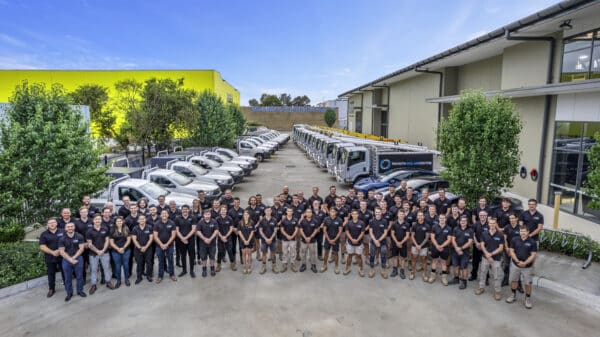
If you’re interested in learning more about the differences between microinverters and string inverters, especially because we discussed those differences so often in this article, you might want to check out this post about that very topic titled, Microinverters vs String Inverters: An Honest Comparison. Happy reading!


